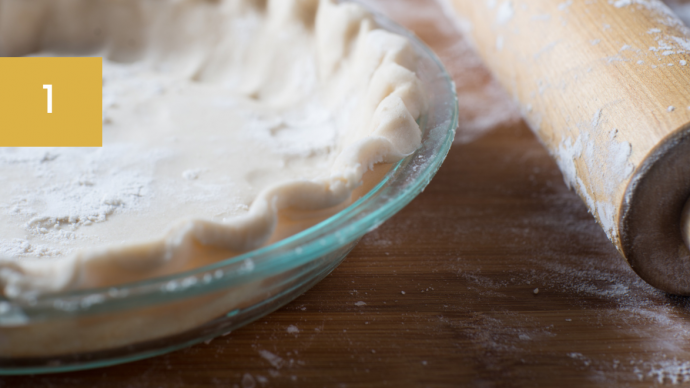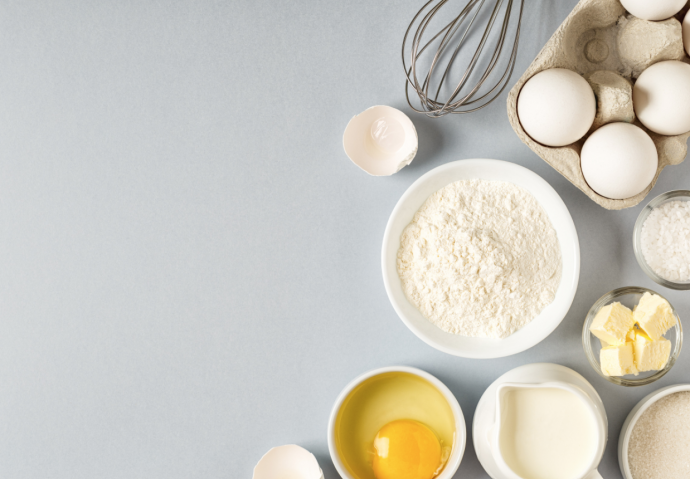Cooking is an Art, Baking is a Science. It’s true that baking is more scientific than cooking, but it doesn’t have to be intimidating. There are both hard and some soft rules to live by in the baker’s kitchen that take some of the guess-work and worry away. Experience will teach you which is which, where you can experiment, and what to do when things go south. We all have baked a lot of cookies in our time. Dozens of cakes, a lot of individual treats. Being a baking fan, between all that cooking, I came to a conclusion, that most tested baking recipes can still flop on occasion. It’s usually a culmination of little issues, you may not even be aware of, that add up to flat greasy cookies or a sunken cake disaster.
Today I’m hoping to share with you some useful and basic baking tips and dough tricks that will help increase your odds of having perfect cupcakes, cookies, and bread every time you bake. Now we’re sharing our collected wisdom with you to help guarantee success the next time you prepare to whip up a batch.
Tip 1

Be gentle with pie crust (and other pastry dough) and bread for that matter.
It’s a common misconception that it’s okay to take out your daily frustrations on dough. However, this can cause tough baked goods. Handle dough gently and use only a light dusting of flour on the rolling pin or counter. Too much handling and extra flour results in a tough dry pie crust and bread.
Tip 2

For pie crust and quick breads (like scones and biscuits) let the dough rest in the refrigerator for 30 minutes, to make it easier to handle.
Tip 3

Roll and cut the dough quickly for pie crust and quick breads, so you get it in the oven while it’s still cool. This produces a light flaky quality. If the dough warms before you are done rolling and cutting, chill again before baking.
Tip 4

Foaming yeast. The yeast foaming (AKA sponge or bloom) process in recipes is very important. If you add the yeast to water that is too hot, you will kill the yeast and it won’t sponge. If the water is cold, it won’t activate. Add dry active yeast to luke-warm water and add 1 teaspoon – 1 tablespoon of sugar (check recipe for measurements.) Then allow the yeast to sit for at least 10 minutes to foam. If it doesn’t foam, you will need to start again.
Tip 5

Always flour your work surface, rolling pin, hands, cookie cutters, or knife before rolling and cutting dough. When it doubt, lightly flour it!
Tip 6

Moving pastry dough. Roll your pastry dough on a sheet of lightly floured wax paper. Invert the pastry right over the pan, or filling, and peel the paper off.
Tip 7

Holes in dough. You can patch tears in pastry by pinching or pressing it back together. Large gaps can be patched with trimmings cut from the overhanging dough. However, pizza dough and bread dough is almost impossible to patch once torn. Handle delicately.








